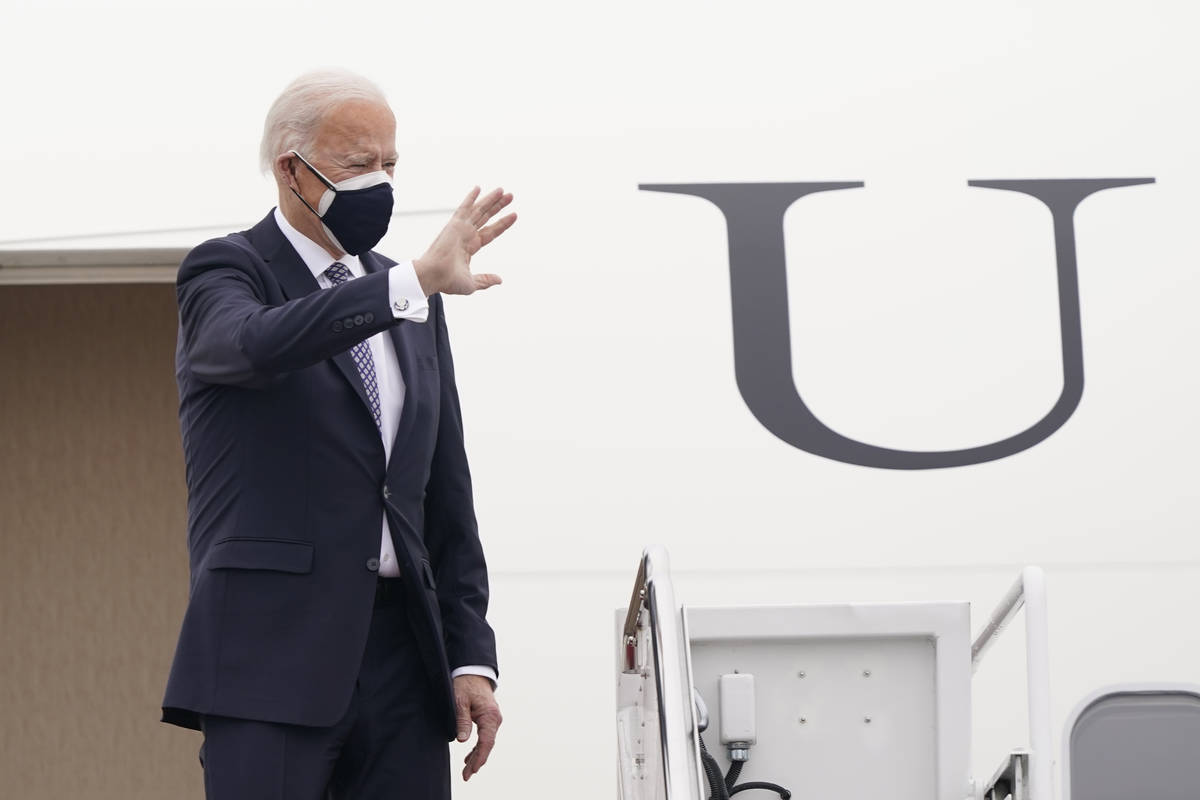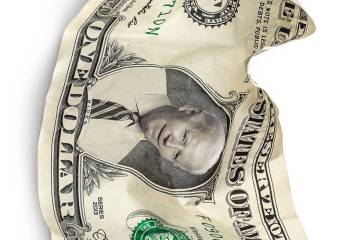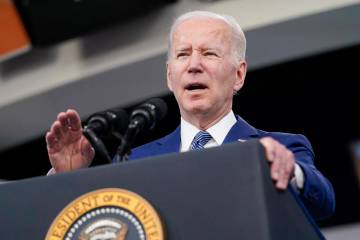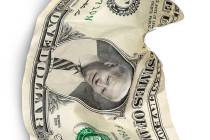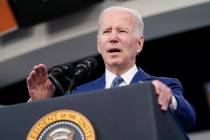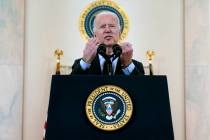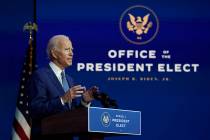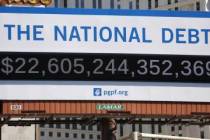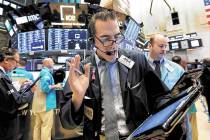RICHARD A. EPSTEIN: Will there be inflation under Biden?
The U.S. Department of Labor reports that for the year ending on May 21, the U.S. inflation rate rose to 5 percent — pointing uneasily to continuing rises in the coming year. Key experts inside the Federal Reserve fear inflation will exceed the benchmark 2 percent “core” inflation rate — a number that excludes highly variable prices for goods such as food and energy.
That prediction is troubling because high and uncertain rates of inflation can undermine market efficiency by making it more difficult to price such common durable assets as homes, factories and multi-year loans, all of which are highly sensitive to fluctuations in interest rates.
The future is of course always opaque, so we should suspect to see divided views on how best to read the tea leaves. On cue, inflation skeptic Paul Krugman writes that the recent spurt in prices is but a passing fancy, driven by the widespread rush of a restive public to engage in new ventures and to make new purchases now that the economy is coming out of its COVID-19 torpor. Once things are back to normal, inflation rates will return to their recent lows.
He defends that conclusion by pointing to the rapid decline in timber prices in recent weeks, as suppliers have ramped up production to meet the high demand in the construction industry. After all, during that same period, home prices have has moved sharply up, surging in many key markets by about 15 percent.
Clearly, it should be no surprise that the two trends are moving in opposite direction. But what do these shifts tell us about inflation? I think that the proper approach is to look past both of these particular price movements in service of the larger theory.
Price fluctuations take place in every market even when the rate of inflation is zero. The ability to expand lumber supply rapidly is greater than the ability to start new housing, which helps explain why these two related markets move in the opposite direction, albeit at different rates.
Speaking generally, in strong markets prices do respond to changes in supply and demand, both for shortages and gluts. But those discrete moves don’t tell us much about overall price levels, which cover all markets, not just isolated goods and services.
So putting these anecdotes aside, how best to explain both past rises and future uncertainty? Start with the general observation that inflation arises when too many dollars are chasing too few goods. The number of dollars at play in the market is a function of two separate components: the total amount of cash (and its other equivalents) in circulation, coupled with the rate with which those dollars move through various transactions.
Prior to the massive infusion of cash under President Joe Biden, the total amount of cash in circulation was relatively constant, but the rate of inflation was low, in part because the early stimulus dollars entered at a time of economic doldrums. But the lethal combination of more dollars and more rapid recovery changed that pattern and cuts against thinking that the recent inflation is transitory.
Going forward, a lot depends on the fate of the various Biden spending initiatives that hang by a hair, either way, given the small Democratic majorities in both houses of Congress. That uncertainty clouds our calculations. Suppose that all various Biden spending on infrastructure and transfer payments were certain to inject additional trillions into the economy. Suppose further, that Biden’s ambitious international taxing and spending programs could gain worldwide acceptance. At this point, bet on continued high inflation rates no matter what steps the Fed took to change interest rates or buy back treasuries. More money will be facing fewer goods.
But how reliable are these assumptions? Very much depends on what happens with the many Biden initiatives now tied up in Congress, whose overall chances of passage seem to have diminished. But at last there is movement. On Thursday, Biden announced an agreement to set infrastructure spending at $1 trillion over eight years, of which $579 billion is new spending. That figure is at the low end of the anticipated range, to which the market responded positively, at least for the moment. It could be, therefore, that it is not the supposed genius of the Federal Reserve in controlling interest rates that keeps inflation in check. Rather, it is the sense that there is not another fiscal blowout in the offing.
None of these speculations of course means that we should be indifferent to how matters will shake out even if Biden’s spending programs don’t lead to high inflation. There are other reasons to be upset not only at government spending, but also at higher rates of taxation and a larger regulatory intervention in the economy. The central challenge going forward is to figure out the right mixture between public and private expenditure. But where?
Once again, I see a divided verdict. I am with the critics of the Biden budgets who think that increased defense spending below the rate of inflation is foolhardy given the military rise of China, the continued Russian threat and what appears to be a collapse of the government in Afghanistan. But at the same time, I fear that Biden’s increase in domestic spending, no matter how it’s financed, will crowd out more productive private investment. So any uneasiness with Biden does not end even if inflation is held in check.
There are more ways than one to wreck an economy through various forms of government regulation and subsidies. I fear that whether the issue is environmental control or patent policy, Biden is likely to back the wrong horse, with or without inflation.
Richard A. Epstein is a professor at the New York University School of Law, a senior fellow at the Hoover Institution and a distinguished service professor of law emeritus and senior lecturer at the University of Chicago. His Review-Journal column appears quarterly.



